A CHARLIE BROWN CHRISTMAS
"There will always be a market for innocence."
- Charles Schulz
The only Christmas Tree I have had for the past few years is a reproduction of Charlie Brown's famous Christmas tree.
It is a musical one which I set off when I leave for work each day,
reminding me to show love to all the lonely souls I might see that day.
On paper, the show's bare-bones script would seem to offer few clues to
its enduring popularity.
Mendelson, its producer, says the show was written in several
weeks,
after Coca-Cola called him just six months before the program
aired
to ask if Schulz could come up with a Peanuts Christmas special.
Scholars of pop culture say that shining through the program's skeletal
plot
is the quirky and sophisticated genius that fueled the phenomenal
popularity of Schulz's work,
still carried by 2,400 newspapers worldwide
even though it's repeating old comic strips.
What makes A Charlie Brown Christmas the
"gold standard"
is that it somehow manages to convey
an old-fashioned, overtly religious holiday theme
that's coupled with
Schulz's trademark sardonic, even hip, sense of humor.
While Schulz centers the piece on verses from the
Bible,
laced throughout are biting references to the modern materialism
of the Christmas season.
Lucy complains to Charlie that she never gets
wants she really wants.
"What is it you want?" Charlie asks.
"Real
estate," she answers.
Parents say the combination of humor and bedrock values is what draws
them and their children to the show.
It does provide a balance, but
it's a balance that we as a society seem to have forgotten about.
Yet, when CBS bigwigs saw a rough cut of A Charlie Brown Christmas in November 1965, they hated it.
"They said it was slow," executive producer Lee Mendelson remembers with
a laugh.
There were concerns that the show was almost defiantly
different:
There was no laugh track,
real children provided the voices,
and there was a swinging score by jazz pianist Vince Guaraldi.
And Schulz's insistence that his first-ever TV spinoff end with a reading of the Christmas story
from the Gospel of Luke by a lisping little boy named Linus was madness all the experts said.
"You can't read from the Bible on network TV!"
Good grief, were they wrong.
The first broadcast was watched by almost 50% of the nation's viewers!
"Lee didn't want to use Hollywood kids. He wanted the sound of kids who
didn't have training,"
says Sally Dryer, 58, who did the voice of Violet and later was the voice of Lucy.
The show was also novel in that it used no laugh track, an omnipresent
device in animated and live-action comedies of the era.
Schulz strongly
believed that his audience could figure out when to laugh.
Perhaps the most enduring aspect of the show has been its score —
a
piano-driven jazz suite that was absolutely unheard-of for children's
programming in 1965.
The driving tune that the Peanuts children keep dancing to in the special, called Linus and Lucy,
has become a pop staple that's been recorded countless times in the intervening decades.
To me, the reason it's endured is because of its simplicity and its very basic
honesty to real life.
Who would have thought this would
last 50 years?
WHAT DO YOU THINK IS THE REASON FOR ITS POPULARITY?
WHAT IS YOUR FAVORITE MOMENT FROM THE SHOW?

















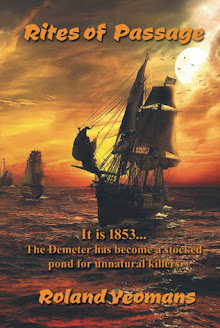




































































































































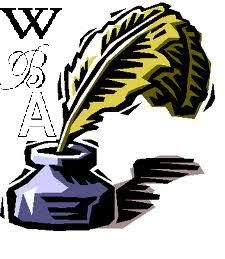



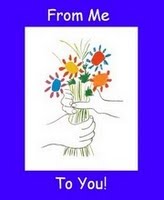

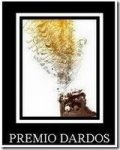

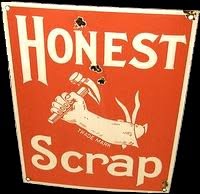







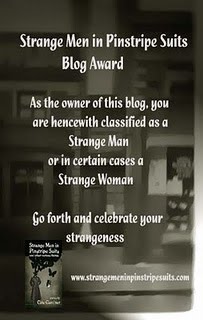
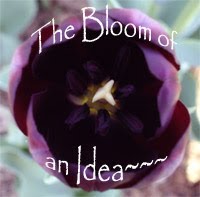



















No comments:
Post a Comment